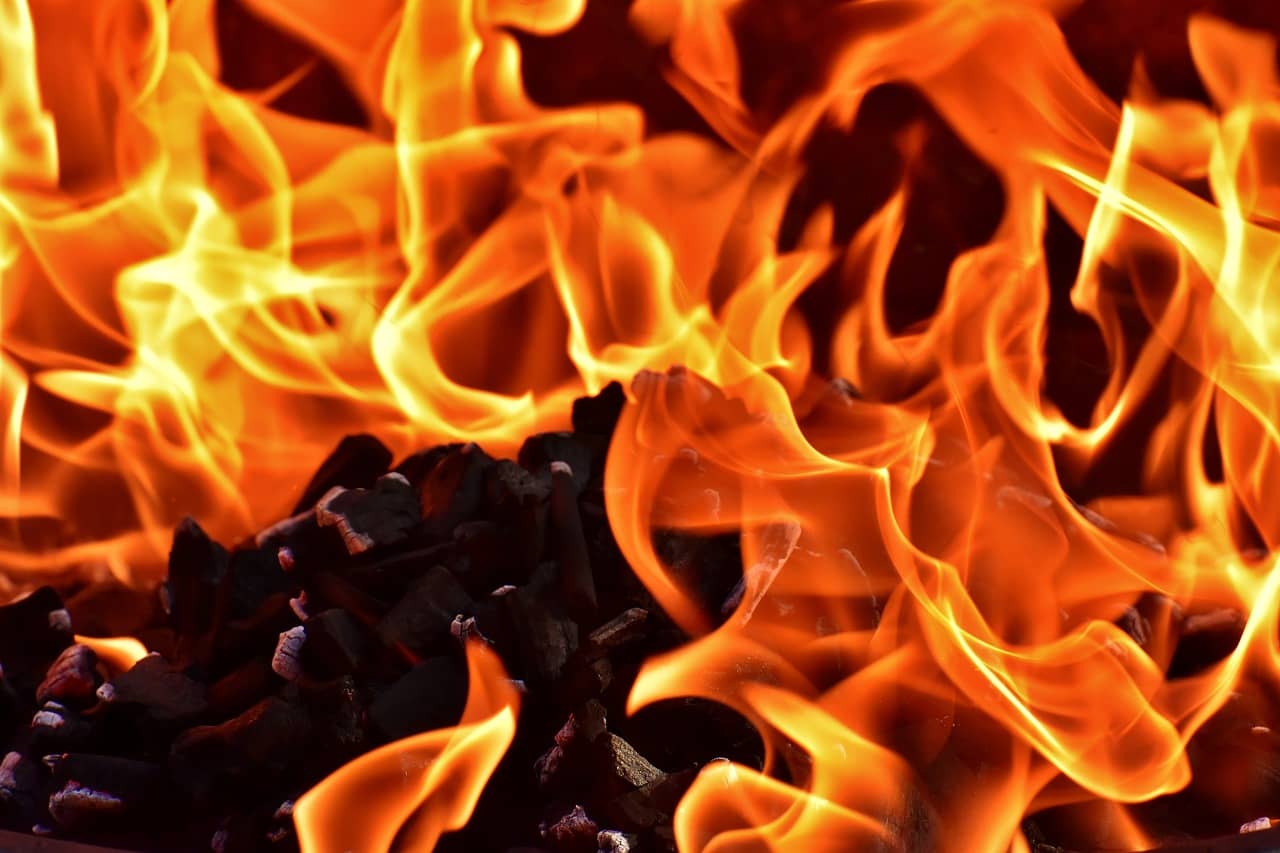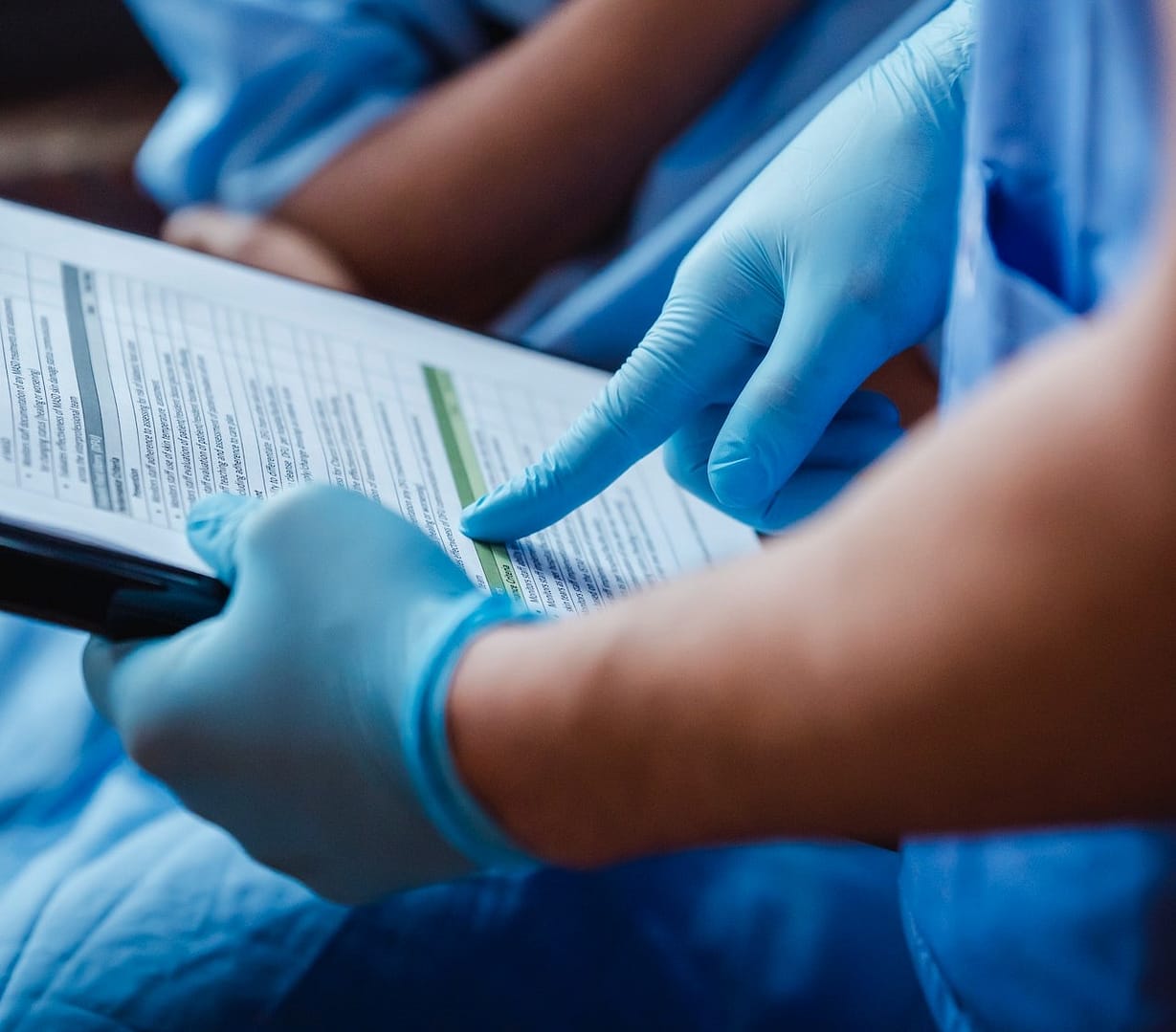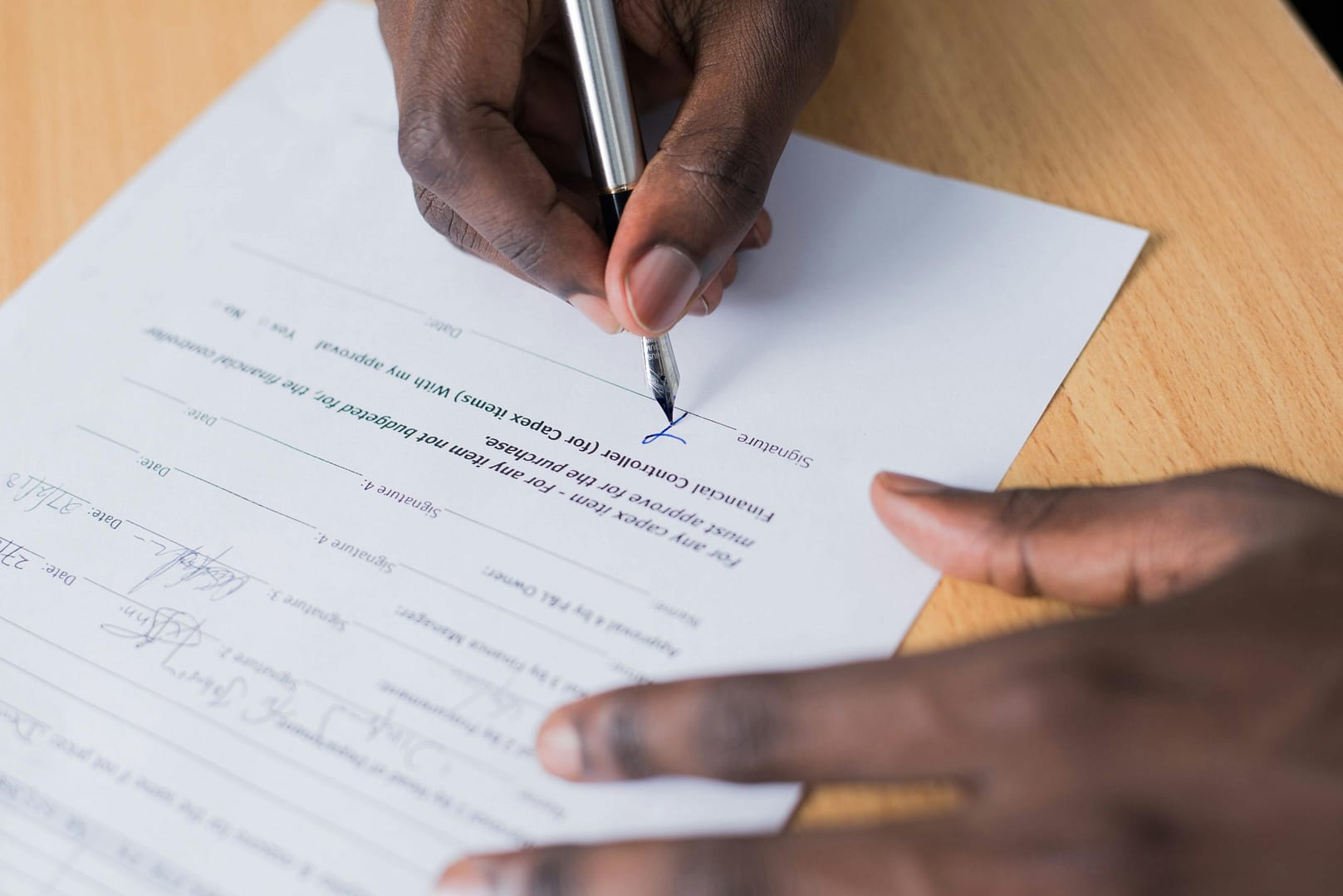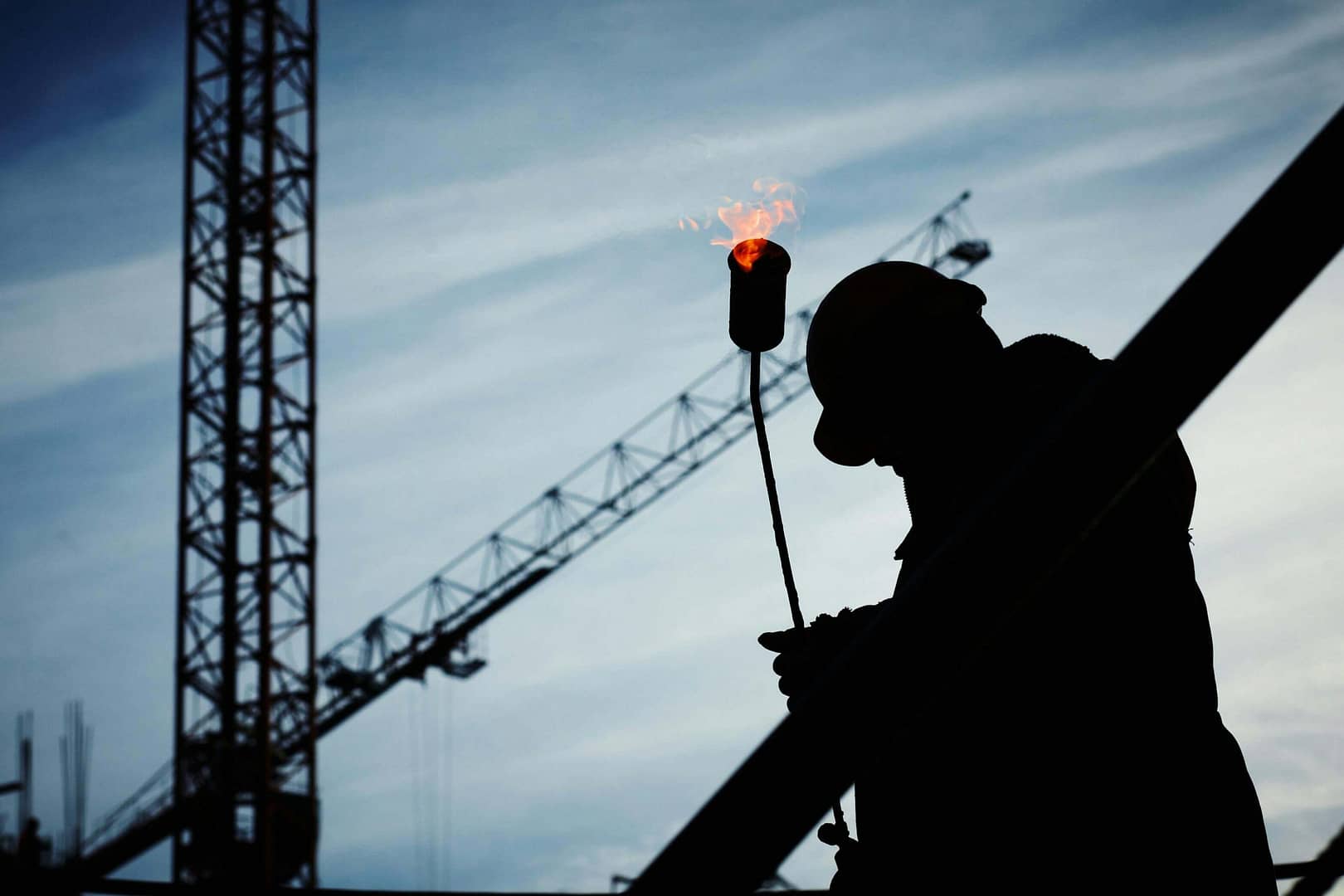Burns and scalds are common types of personal injuries that can have severe consequences for individuals. In the United Kingdom, these injuries occur frequently and require effective management to minimize their impact. This article aims to explore the prevalence of burn injuries in the UK, focusing on the most common types of burns and discussing the strategies employed for their management. Additionally, it will provide information on making a personal injury claim and conclude with key takeaways.
Prevalence of Burn Injuries
Burn injuries are a significant public health concern in the UK, affecting a substantial number of individuals each year. According to recent statistics, approximately 175,000 individuals seek medical attention for burns annually in the UK. This number highlights the widespread nature of these injuries and emphasizes the need for comprehensive management strategies.
The Most Common Burn Injury
Among the various types of burns, scalds are the most prevalent in the UK. Scalds occur when the skin comes into contact with hot liquids, steam, or other hot substances. They are particularly common among young children, as their curious nature often leads them to encounter hot objects or spill hot liquids accidentally.
Scald injuries can range from mild to severe, depending on the temperature and duration of exposure. They typically affect areas such as the hands, arms, face, and legs. For instance, a toddler may accidentally knock over a cup of hot tea, resulting in a scald injury to their hand or arm.
Management of Burn Injuries
When it comes to managing burn injuries, prompt and appropriate treatment is crucial. The first step in managing a burn is to remove the source of heat and cool the affected area with running cold water for at least 20 minutes. This helps to reduce the temperature of the burned tissue and alleviate pain.
After cooling the burn, it’s essential to assess the severity of the injury. Burns are categorized into three levels: first-degree, second-degree, and third-degree. First-degree burns are superficial, affecting only the outer layer of the skin, while second-degree burns penetrate deeper into the skin. Third-degree burns are the most severe, involving all layers of the skin and potentially underlying tissues.
For minor burns, over-the-counter burn creams or ointments can provide relief and promote healing. However, it’s crucial to consult a healthcare professional for proper evaluation and guidance, especially for more severe burns. In some cases, extensive burns may require specialized care, including wound dressings, pain management, and, in severe cases, surgical intervention.
Additionally, it’s important to consider the psychological impact of burn injuries. Burns can be physically and emotionally distressing, often leaving lasting scars and requiring ongoing support. Mental health professionals, support groups, and counseling services can play a vital role in helping individuals cope with the emotional aftermath of burn injuries.
The Burn from Within: Understanding Scalding Injuries
Scalding injuries occur when the skin comes into contact with liquids or steam at temperatures higher than 54°C. Unlike traditional burns caused by contact with dry heat, scalds penetrate the skin rapidly, leading to deep, severe damage. The human skin is a protective barrier, but it has its limits, and exposure to extremely hot substances can cause it to fail tragically.
The Culprits: Common Causes of Scalding Injuries
Hot Beverages
One of the most common culprits of scalding injuries is the hot beverage we all love to enjoy, be it coffee, tea, or hot chocolate. Often, in our hurried lives, we forget to wait for our drinks to cool down and end up taking a premature sip that results in painful consequences.
Cooking Accidents
The kitchen can be a treacherous place for the unwary. Whether it’s a pot of boiling water, bubbling soup, or splattering oil, cooking accidents contribute significantly to scalding injuries. A simple moment of distraction can lead to a lifetime of regret.
Hot Water Mishaps
Scalds from hot water are not limited to kitchen accidents. In bathrooms, water heaters set at high temperatures can pose a significant risk, especially for children and the elderly. A sudden rush of hot water from a tap can cause severe harm before they even have a chance to react.
The Pain of Scalding: Degrees of Injury
Scalding injuries are categorized into three degrees, much like traditional burns.
First-Degree Scalds
First-degree scalds are the mildest form of scalding injuries. They cause redness, pain, and some swelling on the skin’s surface. These injuries usually heal within a few days and seldom leave any lasting damage.
Second-Degree Scalds
Second-degree scalds are more severe and penetrate deeper into the skin layers. They result in the formation of painful blisters, which may pop, leaving raw and vulnerable skin. Healing from second-degree scalds may take a few weeks, and scarring is a possibility.
Third-Degree Scalds
The most severe and dangerous form of scalding injury is third-degree scalds. These burns extend through all layers of the skin, damaging tissues, nerves, and even bones. The skin might appear charred or leathery, and the pain may be initially masked due to nerve damage. Treating third-degree scalds requires immediate medical attention, and extensive scarring is almost certain.
Prevention is Better than Cure: Tips to Avoid Scalding Injuries
As the saying goes, prevention is better than cure. Avoiding scalding injuries is not a matter of luck; it’s a matter of awareness and adopting safe practices.
Check the Temperature
Always test the temperature of hot liquids before taking a sip or using them in cooking. A simple touch with the back of your hand or a quick blow can give you a good indication of whether the substance is safe to handle.
Keep Children Safe
If you have young children at home, make sure to keep hot beverages and cooking utensils out of their reach. Children are naturally curious, and a moment of inattention can lead to devastating consequences.
Adjust Water Heater Settings
Ensure that your water heater is set at a safe temperature, preferably below 49°C. This reduces the risk of scalding injuries, especially in bathrooms, where accidental contact with hot water can occur.
Stay Focused in the Kitchen
When cooking, avoid distractions like phone calls or TV shows that might divert your attention from the stove. Remember, a few minutes of attentiveness can prevent a lifetime of regret.
Making a Personal Injury Claim
In cases where burn injuries occur due to the negligence or wrongdoing of others, individuals may be eligible to make a personal injury claim. A personal injury claim seeks compensation for the physical, emotional, and financial damages resulting from the burn injury. It is important to consult with us at National Claims, where we specialise in personal injury law to assess the viability of a claim and navigate the claims process.
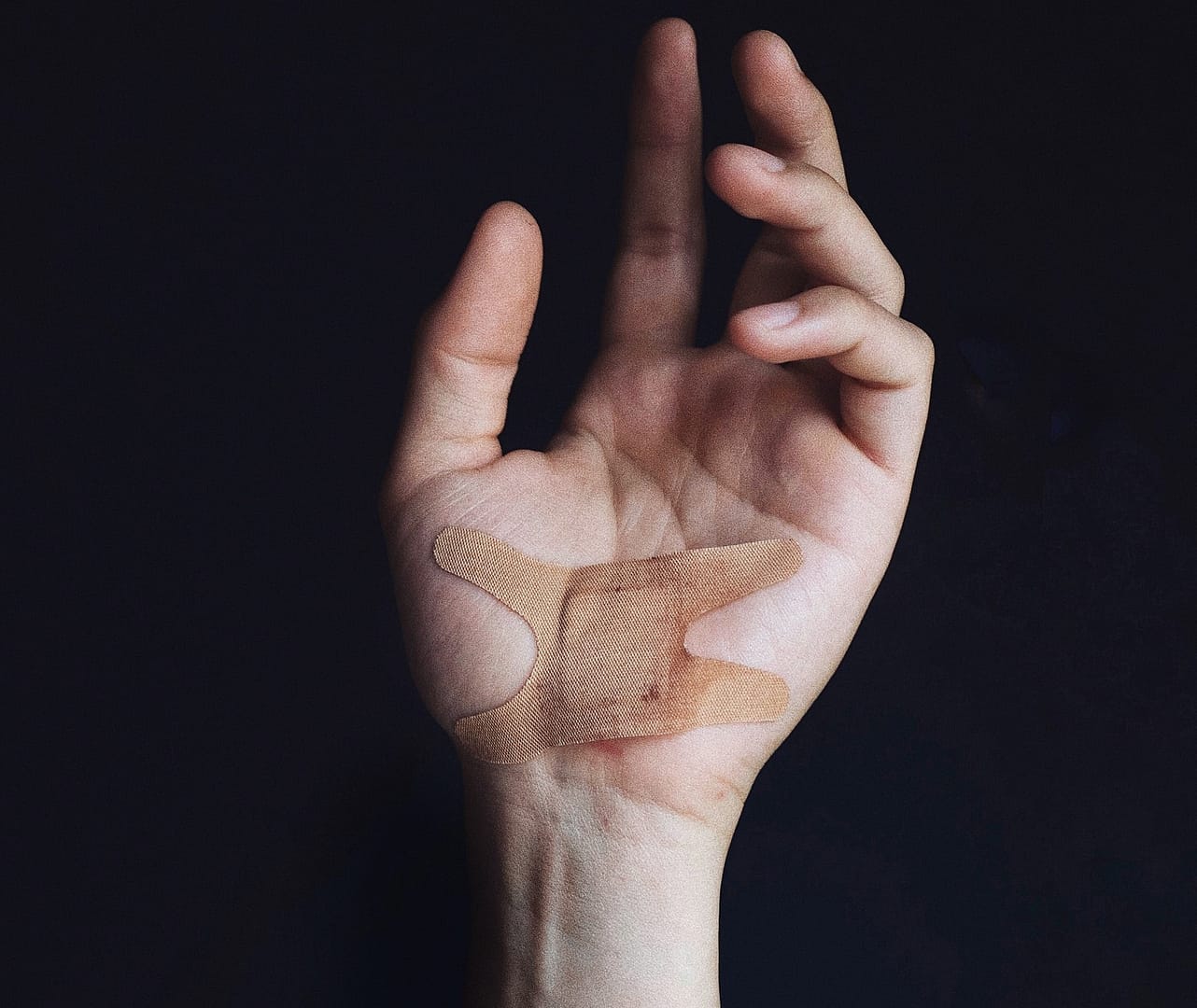
Conclusion
Burns and scalds are prevalent in the UK, affecting a significant number of individuals each year. Scalds, in particular, are the most common type of burn injury in the country. The management of serious burn injuries requires prompt and appropriate medical attention, with a multidisciplinary approach focusing on both physical and psychological aspects.
In cases where burn injuries result from the negligence of others, making a personal injury claim can help individuals seek compensation for the damages they have suffered. By raising awareness, implementing preventive measures, and providing accessible support systems, the UK can strive to reduce the prevalence of burn injuries, mitigate their impact, and create a safer environment for all.
Contact us today and speak to one of our claims specialists and start your claim.
Click below to see why we are one of the most trusted claims management companies in the UK.

We’re proud of our excellent customer reviews
We thrive on delivering exceptional service and ensuring our clients’ satisfaction. Don’t just take our word for it. Check out some of our independent reviews to see what our clients have to say.
Excellent

This firm is excellent, they sorted out my car pay out and injury claim very fast, they always communicate with you all the time.

My accident case was dealt with confidence and with great result of the outcome, especially James kept me informed all the time.

I was very impressed at the way my inquiry was treated. I was listened to attentively and everything I needed to know was explained to me.


